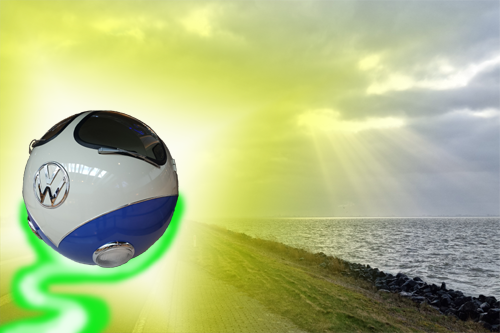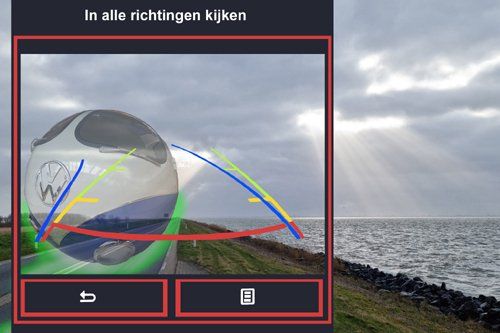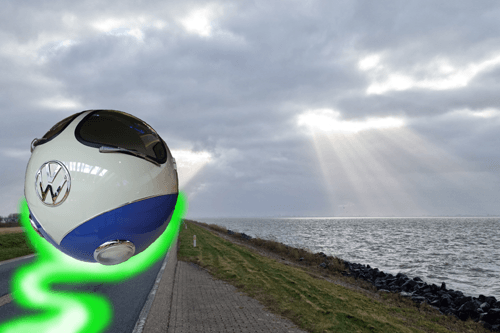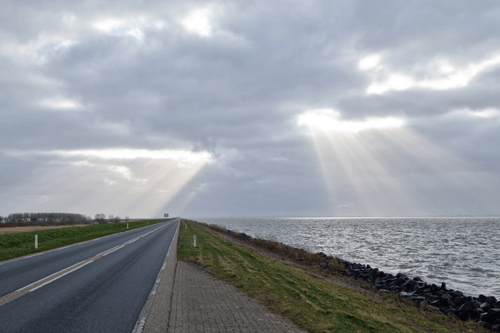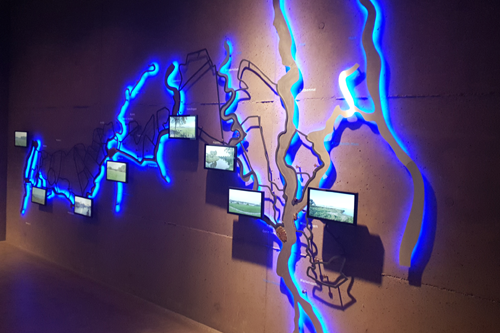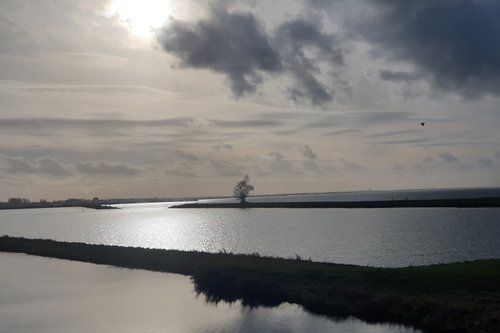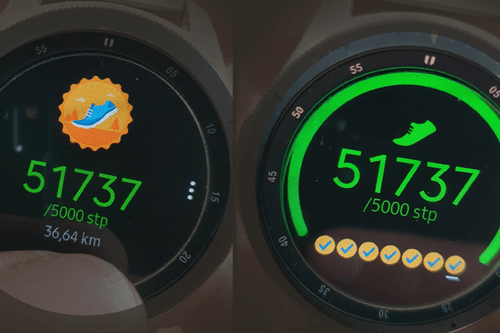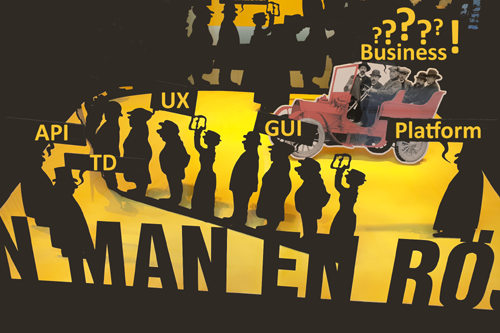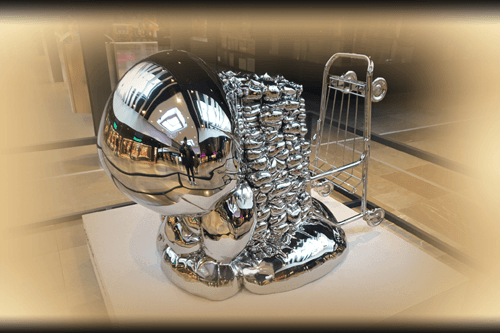Common Sense as the best model (English Version)
Casper
The use of a good model isn't always easy
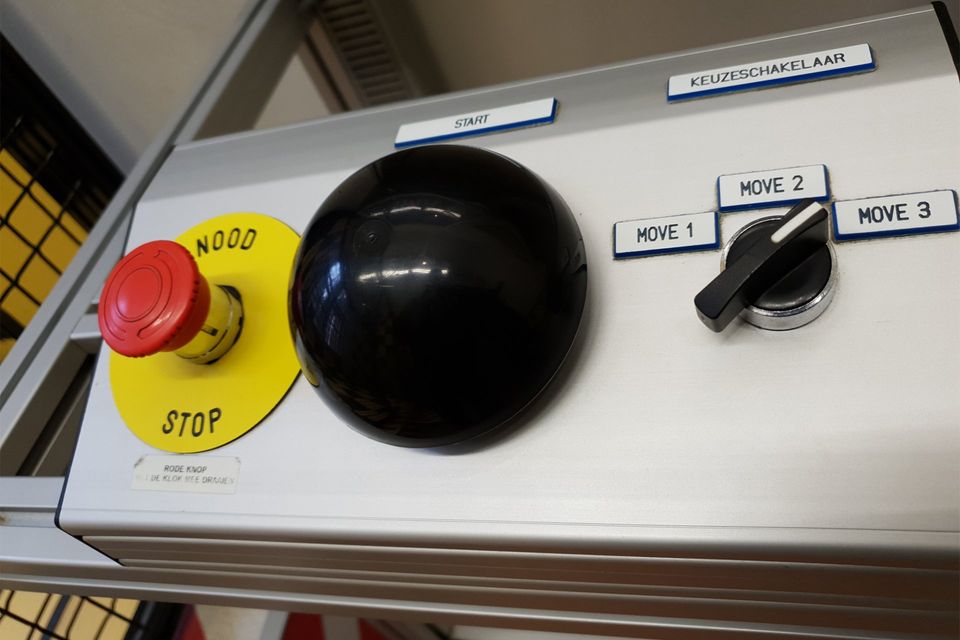
Trends and hypes are not only seen in fashion, but also within the Software Development sector. What is hip, what is not? What do you score as a company? There are many models and just as many derived Software Development and Implementation models sometimes created by an organization to make a difference and stand out.
How do you choose the "best" model? What works ... and what doesn't? That's not that easy to answer. My advice is to take a good look at what suits your organization. You often hear the term "Agile". And everything that Agile comes up with is hip. Agile is not a model but a "way of life". For example, you can compare it to being a vegetarian. You can't learn that, that's a conviction that you get through insights. One day you decide not to eat meat anymore. The way in which you subsequently put the insight ("being a vegetarian") into practice can be regarded as a model. A model for and from you. Something that works for you. After all, you must be able to sustain it.
Return to "Agile". It is important for an organization as a whole to gain insight to be able and willing to work differently. So not only the hip Software Development Teams but the organization as a whole. Look carefully at the disadvantages. Just like the vegetarian on a BBQ, a bit of a shame if you like and love BBQ. Well you understand the comparison, sometimes you have to make choices. Agile is a culture thing. The models that belong to it, including SCRUM, Kanban, RUP, are an elaboration or implementation thereof.
Above all else, use common sense, Common Sense. Don't bother, don't be afraid to adjust a model as long as the principles of the conviction and the model remain intact. Get advice from specialists who know the model and your organization. They can indicate what will and will not lead to success. I myself see that 90% of the success is in the good fit of an organizational culture on the chosen beliefs and models.
Listen to the people in the workplace, involve them. Make choices, think of alternatives. Discover especially what does not work. Stay realistic. And above all: "Use common sense together regardless of any model!"
Casper.
Blog
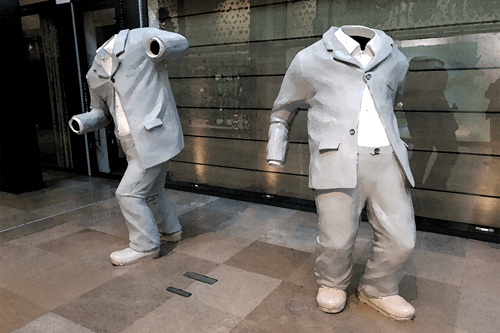
Nu er veel nagedacht wordt over Digitale Transitie rijst de vraag; “ Wat doen we met al die digitale gegevens? ” Waar vroeger de website het eindstation was zijn er anno 2020 betere oplossingen. Waarom je beperken tot een website, of mobiel? “ -- Mobile first -- ” is een veel gehoorde kreet. Ik pleit er voor dat om te bouwen naar “ -- API-first -- ” (API staat voor; Application Programming Interface). Als we de software architectuur verdelen in een voor- en achterkant en we zetten daar een laag tussen die dat allemaal verbindt. We waren immers toch al bezig met het schaalbaar maken van de backend systemen (achterkant) in het kader van de digitale transformatie (Lees ook mijn blog over Digitale Transformatie , https://www.casperotto.nl/digitale_transformatie ). Hoe mooi is het als je een API-laag creëert waarop je alles zou kunnen aansluiten: een website of een mobiele applicatie of een koppeling met een ander platform of ….. wat je maar wil. Je bent flexibel om te doen wat voor jouw bedrijf het beste is. Bijvoorbeeld voor klanten een portaal realiseren waar ze zaken zelf kunnen regelen. Of koppelen met een ander portaal van een partner bedrijf. Ongekende mogelijkheden. Van belang is wel om de digitale transformatie goed door te voeren. Als systemen op een goede manier gekoppeld zijn heb je daar veel profijt van. Belangrijke vraagstukken zul je moeten beantwoorden (onder andere); • Welke delen van de architectuur gedragen real time, welke niet? • Waar leg ik gegevensverzamelingen aan? • Waar moet ik buffers creëren om niet (te) afhankelijk te zijn van andere systemen? • Waar maak ik gebruik van API’s en waar van (micro) services? Belangrijk is om goed het evenwicht in het oog te houden. Net als met alle goede apparaten moeten de componenten in balans zijn. Alleen dan werkt het optimaal samen. Naast het technische is het ook belangrijk dat je een groep met de juiste mensen samen stelt. Met focus op techniek, business en financiën. Multi disciplinair, laat ze samen werken, stel kaders op maar zo min mogelijk doelen. Laat het team dat doen, je kunt de uitkomst toetsen aan de strategie welke je voor ogen hebt. Misschien word je wel verrast met een uitkomst die je niet voor mogelijk had gehouden. Dat geeft je als ondernemer ook een boost, nieuwe terreinen verkennen, nieuwe dingen leren en ontdekken. Iedere disruptieve gebeurtenis, hoe vervelend ook, opent de deur voor nieuwe kansen en oplossingen. Laten we er wat mee doen! Casper. https://www.casperotto.nl/ https://www.casperotto.nl/blog



